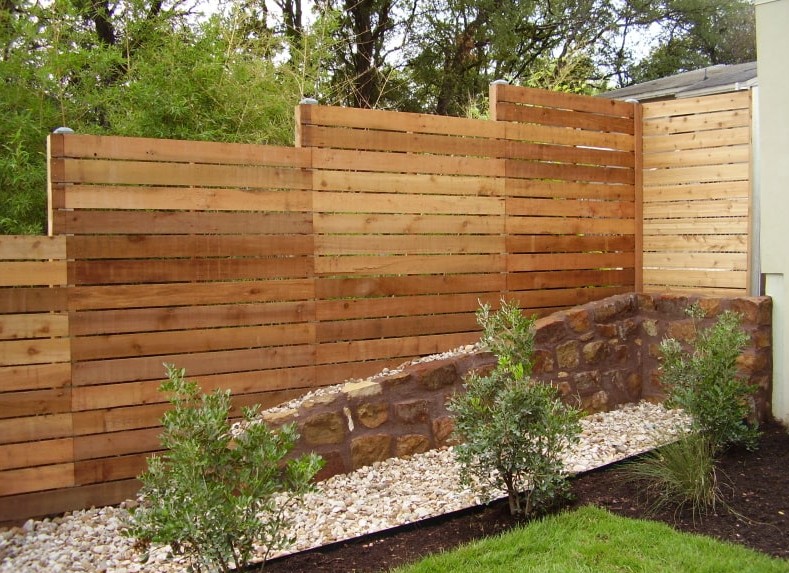
Seasonal Maintenance Tips for Wood Fencing Longevity
Wood fencing is a timeless and attractive option for property owners looking to add privacy, security, and curb appeal. While wood fences are known for their classic aesthetic and versatility, they do require regular care to maintain their appearance and structural integrity. One of the most effective ways to ensure the longevity of wood fencing is by performing seasonal maintenance. By aligning your care routine with the changing seasons, you can prevent damage, reduce repair costs, and keep your fence looking beautiful for years to come.
Spring: Inspect and Refresh
Spring is the ideal time to assess your wood fencing after the challenges of winter. Start by walking the entire perimeter of your fence and inspecting it for any damage such as loose boards, leaning posts, rot, or mildew. Pay special attention to the base of the fence where moisture tends to collect.
Clean the fence using a mixture of mild soap and water or a specialized wood cleaner to remove dirt, mold, and algae. For tough stains or buildup, a power washer on a gentle setting can be effective—just be cautious not to strip the wood’s natural oils or damage the grain.
After cleaning and drying the fence, apply a protective sealant or wood preservative. This not only helps to maintain the wood’s appearance but also shields it from UV rays, moisture, and pests. Spring is also a good time to repaint or stain your fence if it’s due, as the mild temperatures help with proper drying and curing.
Summer: Monitor and Maintain
During summer, the sun and heat can dry out the wood, making it more susceptible to cracking or warping. Check your wood fencing for signs of sun damage such as fading, splintering, or shrinkage. Ensure that sprinklers or hoses are not continuously wetting the fence, as this can contribute to rot or mildew.
If you didn’t get to seal or stain your fence in spring, summer is still a good time to do so. Just avoid working during peak heat hours to prevent the product from drying too quickly and unevenly.
Summer is also the season when vegetation grows rapidly. Trim back any vines, bushes, or tree branches that are touching or leaning against the fence. Overgrown plants can trap moisture against the wood and cause long-term damage or mold growth.
Fall: Prepare for the Elements
Fall is about preparing your wood fencing for the harsher weather ahead. This is the time to reinforce your fence against rain, snow, and wind. Reinspect the structure for any loose nails, screws, or weak posts and tighten or replace them as needed.
Remove fallen leaves and debris from around the base of the fence. Decaying plant matter can trap moisture and accelerate rot. It’s also helpful to clear the soil away from the base to improve drainage.
If your fence is showing signs of wear, such as peeling paint or fading stain, give it a touch-up before winter sets in. Applying another layer of waterproof sealant can go a long way in protecting the wood during the cold, wet months.
Winter: Protect and Observe
Winter poses several challenges for wood fencing due to snow, ice, and freezing temperatures. While it’s harder to perform repairs or maintenance during this season, you can still take steps to minimize damage.
Avoid piling snow against the fence, as the added weight and moisture can weaken the structure and cause warping or cracking. If possible, shovel snow away from the base after heavy storms.
Check your fence after extreme weather events for any immediate issues. If you notice any new damage or leaning posts, make a note to address them as soon as conditions improve. While winter isn’t the ideal time for major repairs, being aware of potential problems allows you to act quickly when the weather permits.
Year-Round Tips for Wood Fencing Care
In addition to seasonal tasks, there are several year-round maintenance tips that can further extend the life of your wood fencing:
- Choose quality wood: Cedar and redwood are naturally resistant to rot and pests, making them ideal for fencing.
- Use galvanized or stainless steel fasteners: These prevent rust and ensure long-term stability.
- Maintain proper spacing: Adequate spacing between fence boards allows for airflow, reducing moisture buildup.
- Keep it dry: Avoid direct ground contact and ensure good drainage to prevent rot at the base.
Conclusion
Proper seasonal maintenance is key to preserving the beauty and function of wood fencing. Each season presents its own challenges, but with regular inspections, timely repairs, and preventive care, your wood fencing can withstand the elements and remain a durable and attractive part of your property. Whether you’re dealing with spring rain, summer sun, autumn winds, or winter snow, a little effort throughout the year will reward you with a fence that stands the test of time.